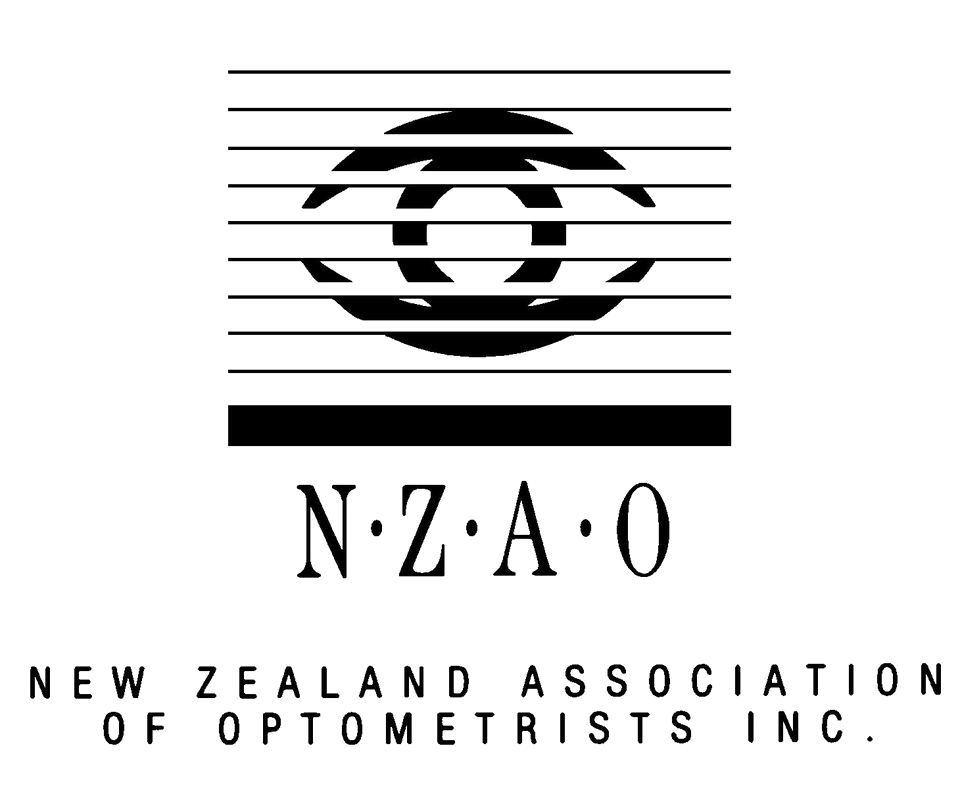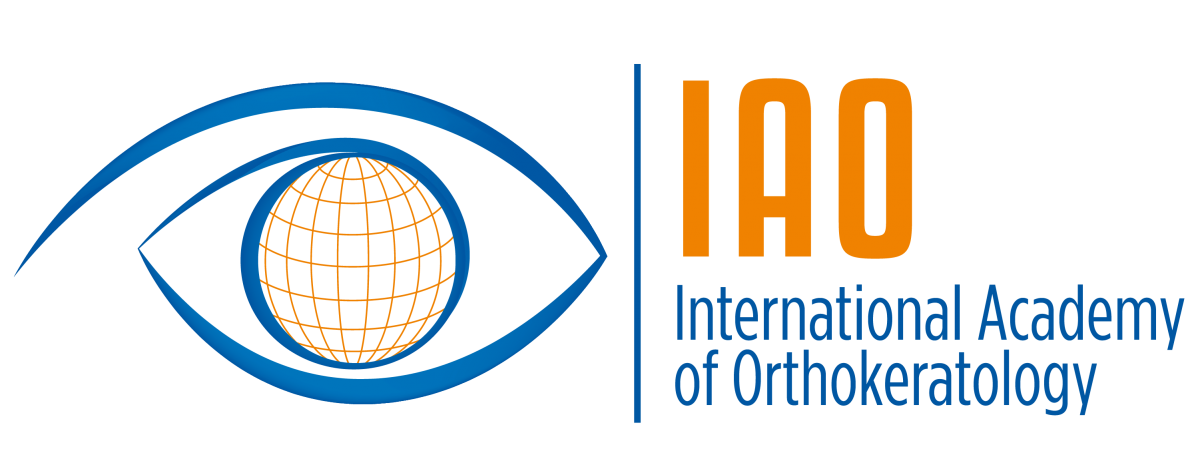Feeling your arms need to be longer? There are surgical and contact lens options to give you your visual freedom back!
By far the most frustrated patients in we see in the practice are those in their 5th decade of life who are struggling to see things up close – their arms are just not long enough! ‘Presbyopia’ happens to everyone as the eye’s lens becomes stiff and cannot change focus. Reading glasses are a simple and affordable solution but many people get annoyed always having to find them, being blurry when looking up, or having them get in the way during work or leisure tasks.
Fortunately there are alternatives: Surgical options include laser eye surgery to make one eye better for near vision, leaving the other for long distance – this is called ‘blended vision’ or ‘monovision’. Alternatively ‘refractive lens exchange’ – essentially an early cataract surgery, can also be considered, either with blended vision or with multifocal lens implants to given a range of vision in each eye. All surgery has risks however and as surgery is permanent there is no guarantee that the vision will remain stable as patients get older. Our optometrist Mr Alex Petty has had laser eye correction himself so can offer sound advice and refer you to the appropriate surgeon for an assessment if you are a suitable candidate.
Use orthoK contact lenses overnight to change your corneal shape and improve your day-time vision!
Contact lenses can create the same vision results as surgery, with a blended vision approach or using multifocal lenses. The advantage of contact lenses includes being able to alter the prescription with time, people being able to choose when and when to use them instead of their glasses, and having a lower upfront cost. Alternatively orthokeratology (orthoK) lenses are a novel type of contact lens that are only worn overnight. These gently mould the cornea to give clear unaided vision during the day. Contact lenses are safe, comfortable and easy to use with correct fitting and training with our experienced optometrist Mr Alex Petty.
So if you are sick of loosing your reading glasses book into see us at Bay Eye Care in the New Year to discuss your vision correction options! We are closed over the Christmas and New Year period but the clinic reopens for 2020 in Monday 6th January. Have a safe holiday season!












